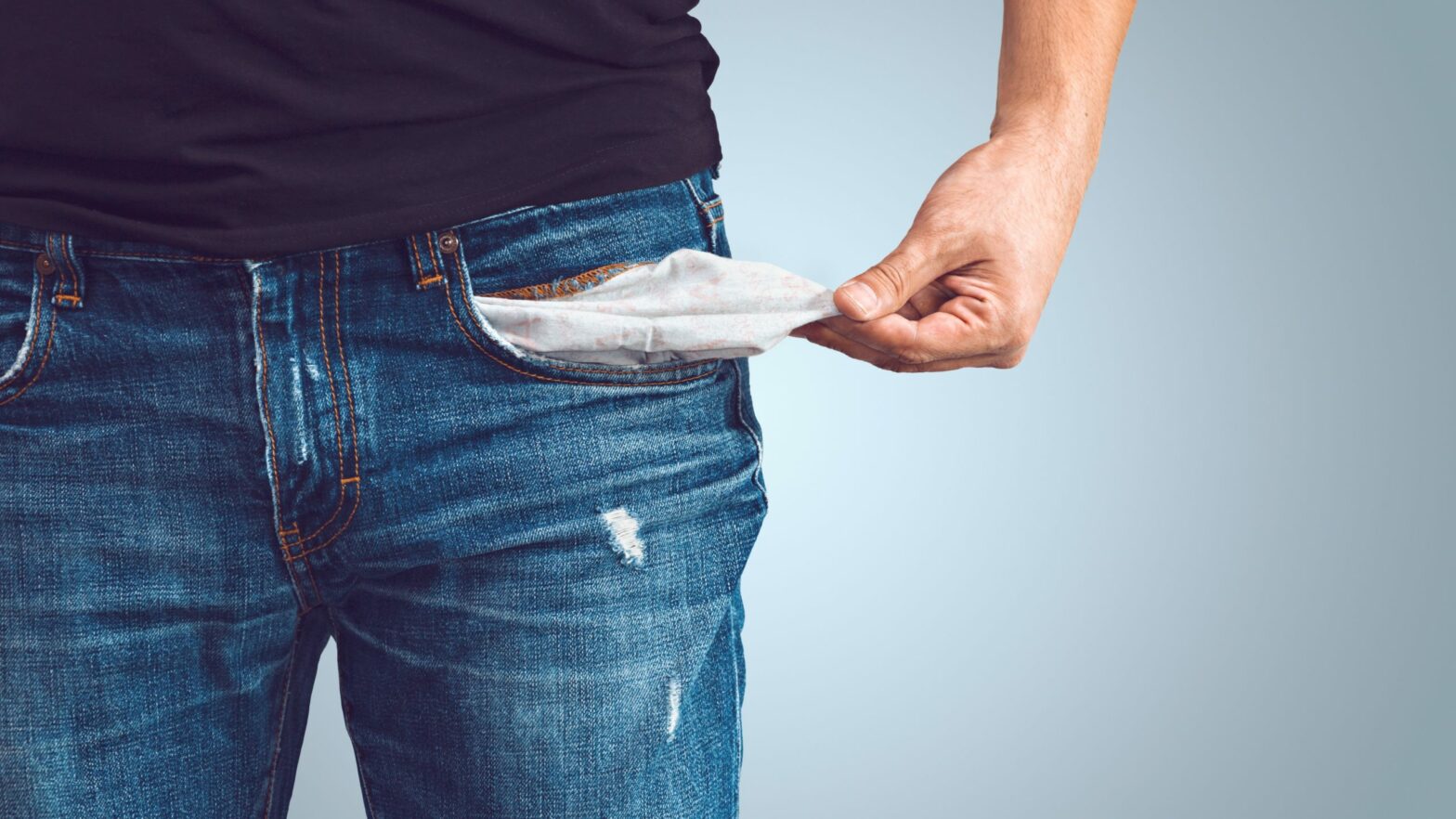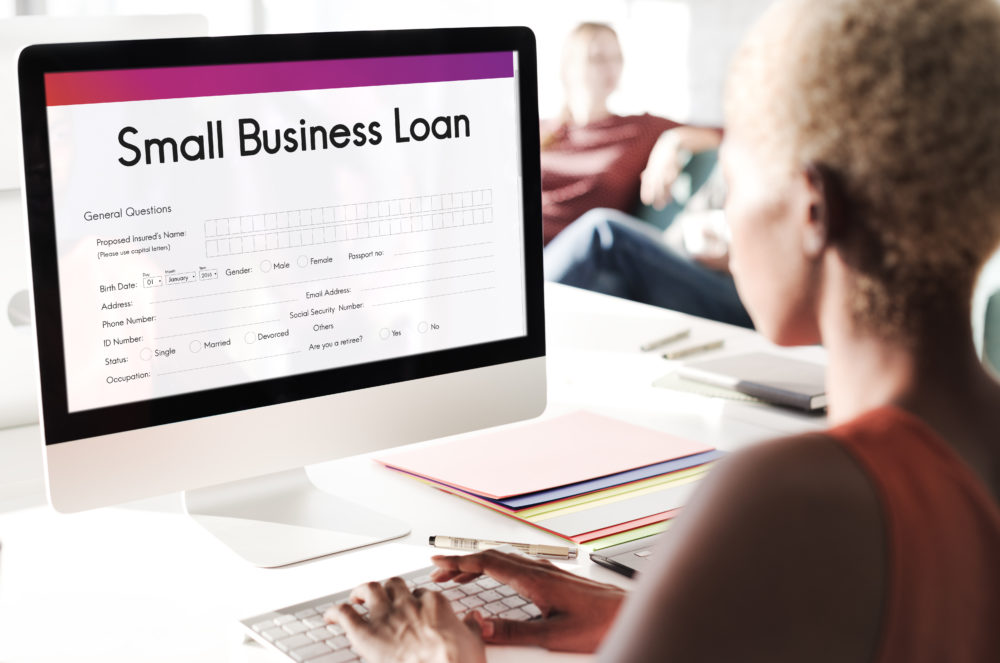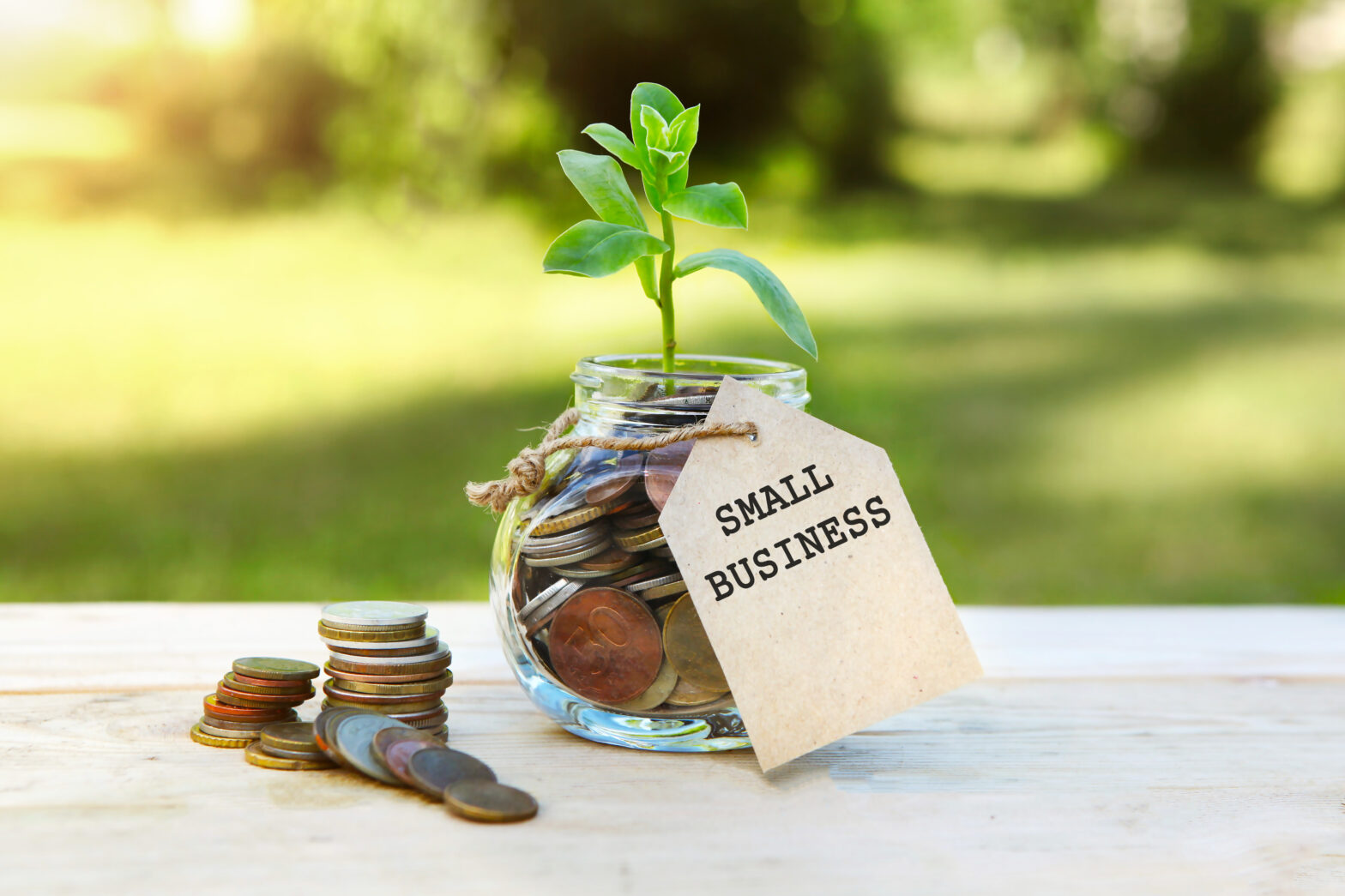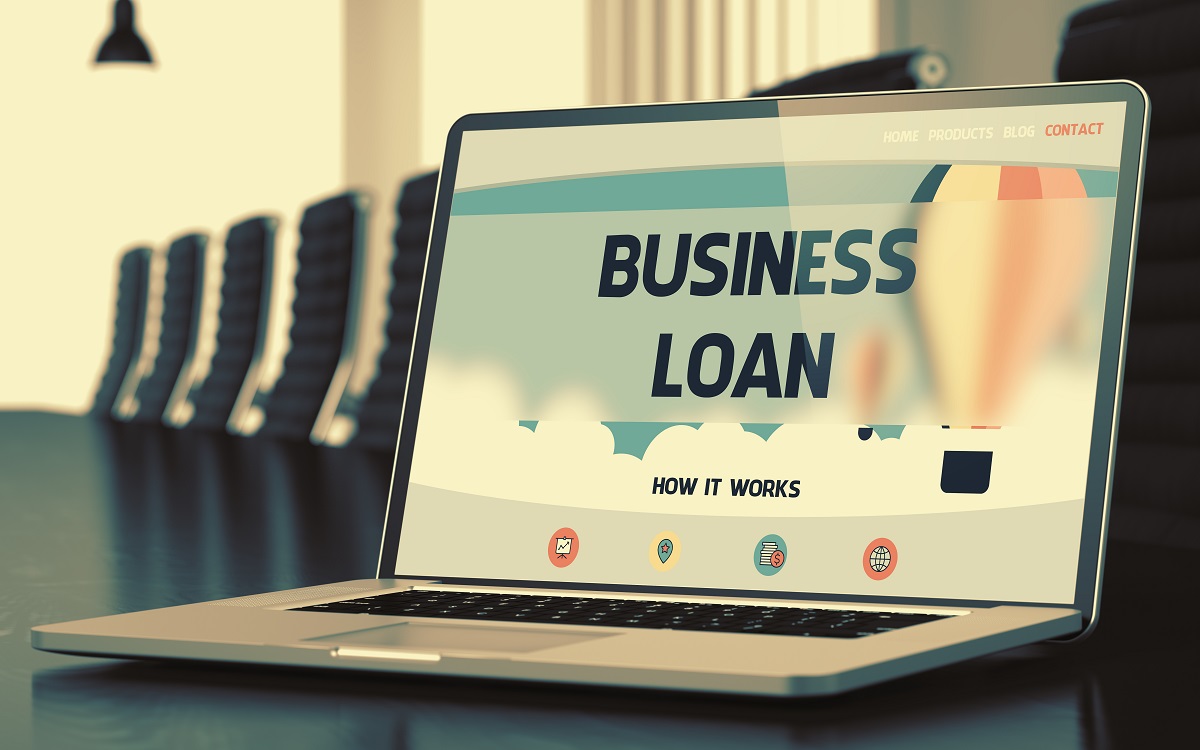Can I apply for a second Bounce Back Loan?
Yes, you can “top-up” your existing Bounce Back Loan if you originally borrowed less than the maximum amount available to you.
However, as of November 10 2020, you cannot apply for a second, separate Bounce Back Loan either from your existing lender or another lender.
How many Bounce Back Loans can I have?
A top-up is only available from your existing BBLS lender. A borrower can apply for a top-up that is for the lesser of £50,000 or 25 per cent of the annual turnover you certified in your original successful Bounce Back Loan Scheme application form, minus the value of your original loan.
Bounce Back Loan top ups
Under the Bounce Back Loan Scheme top up, if a borrower certified an annual turnover of £100,000 in their original application and took out a Bounce Back Loan of £20,000 (20 per cent of that certified annual turnover), they can ask to borrow an additional £5,000 (5 per cent of that certified annual turnover), taking their Bounce Back Loan to the maximum 25 per cent of their originally certified annual turnover.
Varying turnover amounts certified in original loan applications and the differing sizes of original loans means that the size of the top-up available to applicants will vary.
However, the minimum top-up amount is £1,000.
How Bounce Back Loan top-ups work
| How much can I top up my Bounce Back Loan by? | ||||
|---|---|---|---|---|
| Certified annual turnover for original loan | Total amound available under BBLS (25% of turnover) | Original Bounce Back Loan amount | Bounce Back Loan top-up* | |
| Example 1 | 200000 | 50000 | 50000 | 0 |
| Example 2 | 200000 | £10,00 | 10000 | 40000 |
| Example 3 | 150000 | 30000 | 30000 | 7500 |
| Example 4 | 100000 | 20000 | 20000 | 5000 |
| Example 5 | 50000 | 10000 | 10000 | 2500 |
| Example 6 | 20000 | 4000 | 4000 | 1000 |
| Source: British Business Bank | ||||
| *total elegible amount minus original loan amount |
How do I apply for a Bounce Back Loan top-up?
You complete a short-form template application form from your existing lender. Borrowers must complete this application form to be eligible for a top-up.
The top-up application form will require you to show the amount of the top-up requested and re-provide certain declarations set out in the original Bounce Back Loan application form.
>See also: Which banks offer Bounce Back Loans? – how to find a BBL lender
How long do I have to repay my Bounce Back Loan?
The standard repayment period for a Bounce Back Loan is five years – i.e. one year after the loan has been deposited into your bank account, when the one-year Government-paid interest-free period comes to an end.
After 12 months, you start paying interest at 2.5 per cent, as per your agreement whatever amount you borrow.
What if I need longer to start paying interest?
You can extend the period before you need to start paying off your Bounce Back loan by a further six months. This means you’ll have 18 months before you start paying interest. But interest is charged from month 12, so you will end up paying more in the end.
And you can also extend your loan period beyond the standard six years to ten. The Government says this could cut monthly repayments by almost half, but you will end up paying more 2.5 per cent interest.
The sooner you pay off your loan once interest is charged, which you can do without a penalty charge, the less it will cost you overall.
>See also: Bounce Back Loan repayment calculator – how much will your loan cost?
What happens if I can’t pay back my Bounce Back Loan?
The Government is bracing itself for two thirds of Bounce Back Loans never being repaid. According to the National Audit Office, £26bn of the £45bn Bounce Back Loans issued so far will never be paid off.
According to the Business Banking Resolution Service (BBRS), just over 40 per cent of businesses which have taken out any government-guaranteed emergency coronavirus loan have no intention of repaying them — either because they do not expect to repay their Bounce Back Laon, or because they do not believe that the government will pursue the debt.
The Association of Accounting Technicians has said writing off the £45bn worth of Bounce Back Loans issued so far is going to be more effective in the long run than chasing debts which will never be repaid.
Writing off the entire £46bn worth of Bounce Back Loans would save the Government £1bn in Business Interruption Payment (BIP) charges alone, said the AAT.
And ex-chancellor George Osborne agreed that all emergency Covid-19 financial support should be written off.
Meanwhile, the lenders themselves are set to scrap plans to establish a separate agency to chase bad Bounce Back Loan debts and handle overdue payments themselves.
Technically, there are no grave repercussions if you default on your Bounce Back Lona. You won’t lose any assets – lenders are forbidden to ask for a personal guarantee or take a charge over your home or personal vehicle. And it won’t affect your credit score either (credit checks are not mandatory for the loan scheme).
However, banks will come after you for unrepaid Bounce Back Loans in much the same way as they would try and recoup any other unsecured loan. This could involve dealing with debt collection agencies, which will mean threatening letters, court action and potentially bailiffs if you don’t pay
>See also: Banks may call in debt collectors to recoup unpaid Bounce Back Loans
The Government and the banks have talked about establishing a panel of debt collection agencies that would all follow an agreed code of practice. This is because lenders can only claim on the Government 100-per-cent guarantee once a debt collection agency has exhausted chasing repayment.
However, when it comes to Bounce Back Loans and bad debts, banks will be wary of bad press. Personal and business accounts are often muddied with microbusinesses. And they will not want a repeat of the notorious Royal Bank of Scotland Global Restructuring Group, which was pilloried for strong-arming small business clients into selling up and snapping up their businesses.
What happens to Bounce Back loan if company goes bust?
Normally, when a company goes into liquidation, any personal guarantees that you as a director might have signed to secure funding will become payable. Afterwards, you as a director are personally liable for those amounts.
A Bounce Back Loan is an unsecured debt. If the company must liquidate, the lack of personal guarantees associated with the loan means it’s treated as an unsecured debt. Unsecured debts are rarely paid in full on liquidation. In that case, as the Bounce Back Loan is secured by the Government, the lender will pursue the Government for repayment in full. Unsecured debt is written off once the company is liquidated, so you won’t be personally liable. Responsibility to repay the Bounce Back Loan remains solely with the company and liability will not be transferred to you as a director or other shareholders, provided you have complied with your duties as a director.
This means there is no risk to your personal assets or credit rating should your insolvent company not be able to repay the Bounce Back Loan.
However, during liquidation, a liquidator investigates your company’s financial history leading up to and during the insolvency, and if they find evidence that you have improperly used your Bounce Back Loan, they could make you personally liable for the debt.





